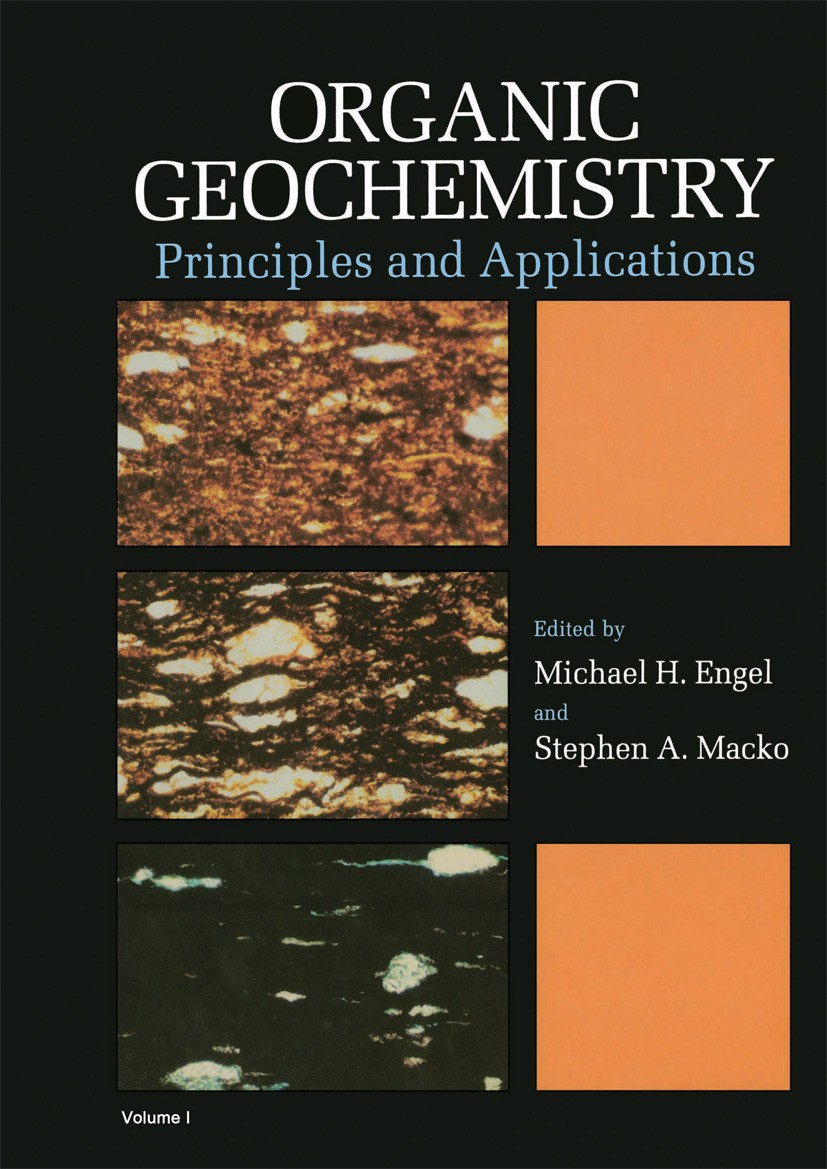用Paraloid®B-72丙烯酸树脂处理的博物馆化石标本能否获得有用的生物标志物信息?
IF 2.5
3区 地球科学
Q2 GEOCHEMISTRY & GEOPHYSICS
引用次数: 0
摘要
Paraloid®树脂,特别是Paraloid®B-72,广泛用于古生物学准备,以稳定化石。然而,它们的存在可能会干扰有机地球化学分析。为了评估这一点,将标准生物标志物提取方案应用于纯Paraloid®B-72,先前用树脂处理过的化石骨,以及通常用作溶剂的商业级丙酮。在萃取和分馏过程中,树脂被含二氯甲烷的溶剂混合物所活化。尽管如此,由于聚丙烯酸酯树脂不溶于非极性溶剂,饱和和芳香生物标志物被成功分离。Paraloid®B-72主要洗脱到芳香和极性部分,但不显著影响饱和生物标志物谱。通过快速热解-气相色谱-质谱分析,从这些馏分中分离出不溶性残留物,发现化合物主要来自树脂。微波辅助溶剂萃取似乎可以有效地从化石中分离出Paraloid®B-72,因为在提取的化石热解产物中没有检测到树脂衍生的单体。这表明,使用生物标志物技术可以可靠地研究树脂稳定化石的不溶性有机部分,干扰最小。飞行时间二次离子质谱(ToF-SIMS)分析从Paraloid®B-72中产生了丰富的有机碎片,但绘制与树脂相关的特定含氧峰可能使研究人员能够区分含有本地有机物的区域与被固结剂污染的区域。这些发现表明,通过适当的分析方法,Paraloid®处理过的化石的可溶性和不可溶性有机组分都可以产生有效的生物标志物数据,从而可以对以前由于保存处理而被认为不合适的标本进行化学分析。本文章由计算机程序翻译,如有差异,请以英文原文为准。
Can useful biomarker information be obtained from museum fossil specimens treated with Paraloid® B-72 acrylic resin?
Paraloid® resins, particularly Paraloid® B-72, are widely used in palaeontological preparation to stabilise fossils. However, their presence may interfere with organic geochemical analyses. To evaluate this, standard biomarker extraction protocols were applied to pure Paraloid® B-72, to a fossil bone previously treated with the resin, and to commercial grade acetone commonly used as its solvent. The resin was mobilised by dichloromethane-containing solvent mixtures during extraction and fractionation. Despite this, saturated and aromatic biomarkers were successfully isolated since the polyacrylate resin is insoluble in non-polar solvents. Paraloid® B-72 predominately eluted into the aromatic and polar fractions, but did not significantly impact saturated biomarker profiles. Insoluble residues isolated from these fractions analysed by flash pyrolysis–gas chromatography–mass spectrometry revealed compounds mainly from the resin. Microwave assisted solvent extraction appears to effectively separate Paraloid® B-72 from fossils, as no resin-derived monomers were detected in the extracted fossil pyrolysate. This suggests that the insoluble organic fraction of resin-stabilised fossils can be reliably studied using biomarker techniques with minimal interference. Time-of-flight secondary ion mass spectrometry (ToF–SIMS) analysis produced abundant organic fragments from Paraloid® B-72, but mapping specific oxygen-bearing peaks associated with the resin may allow researchers to distinguish regions containing indigenous organics from those contaminated by the consolidant. These findings indicate that, with appropriate analytical approaches, both soluble and insoluble organic fractions of Paraloid®-treated fossils can yield valid biomarker data, enabling chemical analysis of specimens previously deemed unsuitable due to conservation treatments.
求助全文
通过发布文献求助,成功后即可免费获取论文全文。
去求助
来源期刊

Organic Geochemistry
地学-地球化学与地球物理
CiteScore
5.50
自引率
6.70%
发文量
100
审稿时长
61 days
期刊介绍:
Organic Geochemistry serves as the only dedicated medium for the publication of peer-reviewed research on all phases of geochemistry in which organic compounds play a major role. The Editors welcome contributions covering a wide spectrum of subjects in the geosciences broadly based on organic chemistry (including molecular and isotopic geochemistry), and involving geology, biogeochemistry, environmental geochemistry, chemical oceanography and hydrology.
The scope of the journal includes research involving petroleum (including natural gas), coal, organic matter in the aqueous environment and recent sediments, organic-rich rocks and soils and the role of organics in the geochemical cycling of the elements.
Sedimentological, paleontological and organic petrographic studies will also be considered for publication, provided that they are geochemically oriented. Papers cover the full range of research activities in organic geochemistry, and include comprehensive review articles, technical communications, discussion/reply correspondence and short technical notes. Peer-reviews organised through three Chief Editors and a staff of Associate Editors, are conducted by well known, respected scientists from academia, government and industry. The journal also publishes reviews of books, announcements of important conferences and meetings and other matters of direct interest to the organic geochemical community.
 求助内容:
求助内容: 应助结果提醒方式:
应助结果提醒方式:


